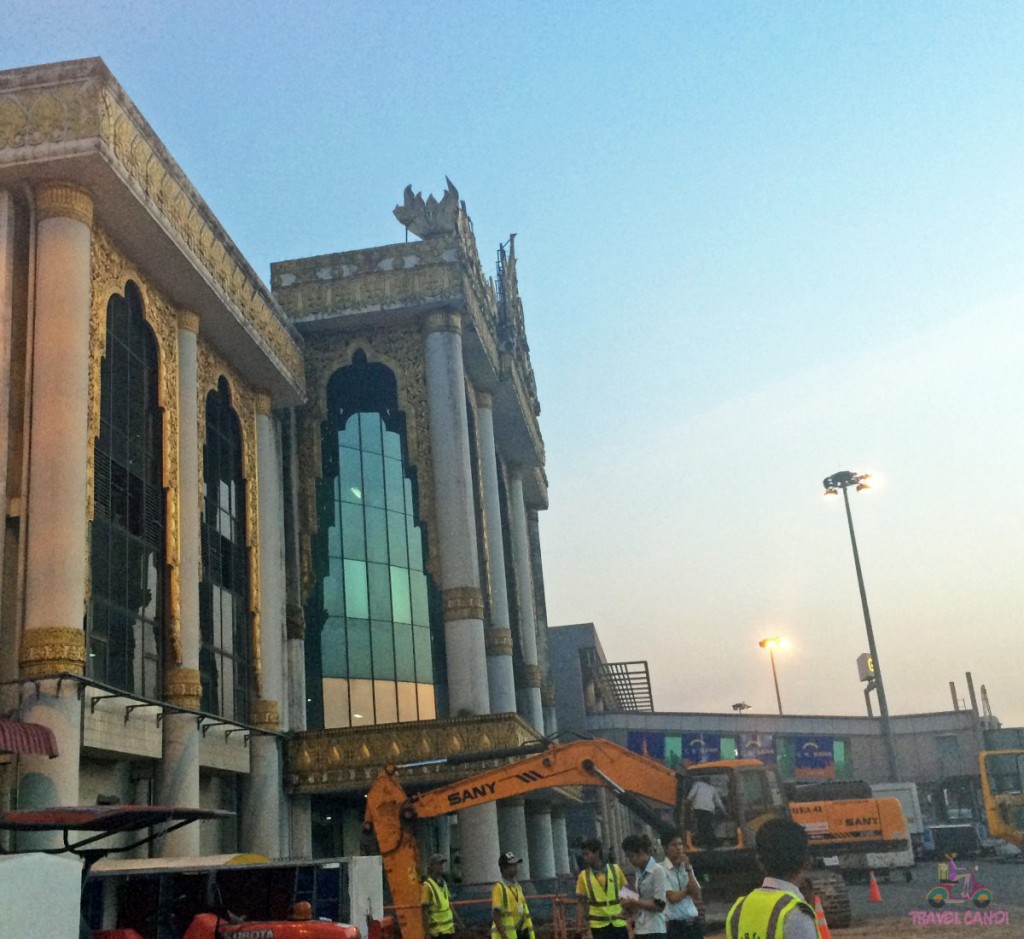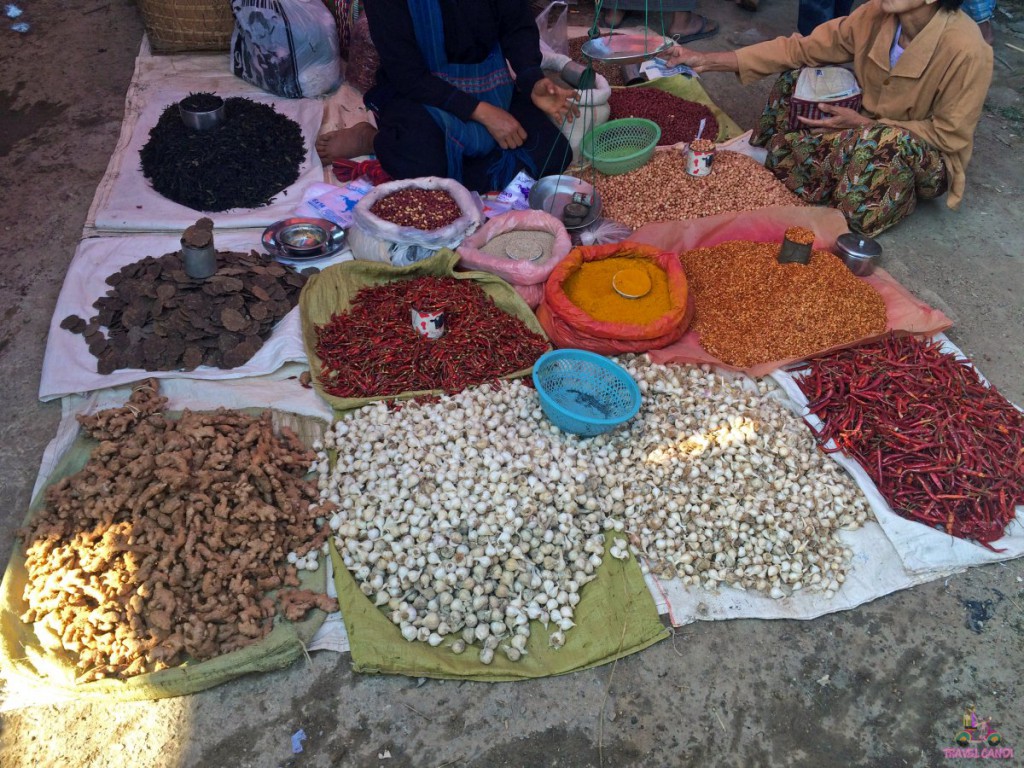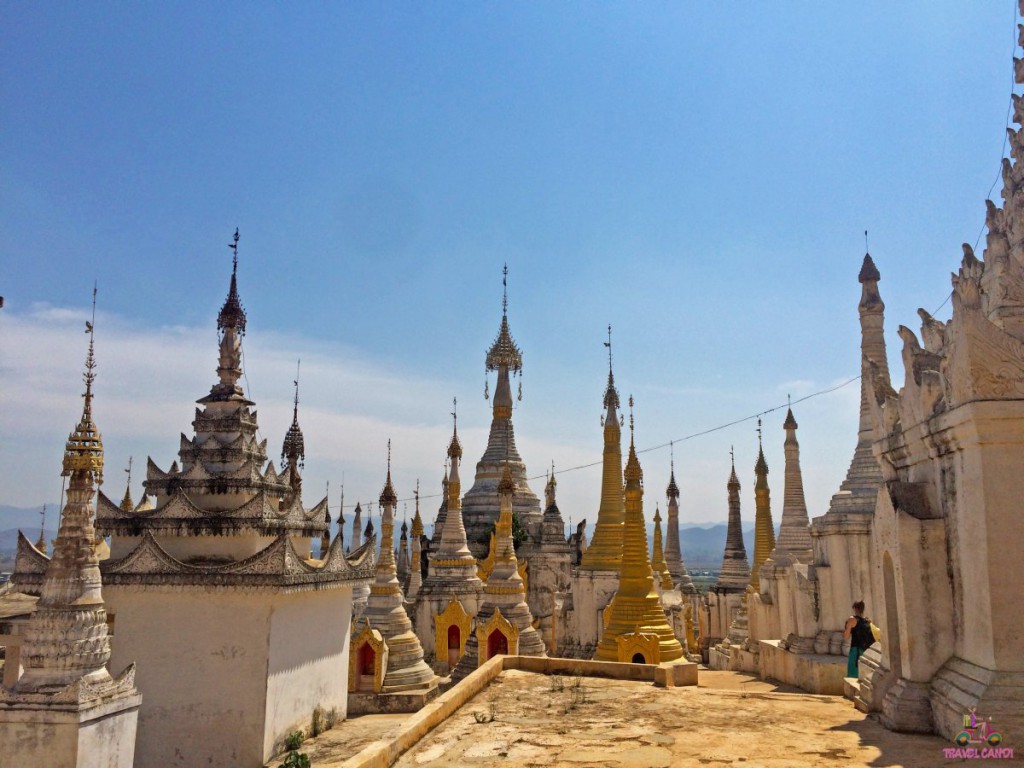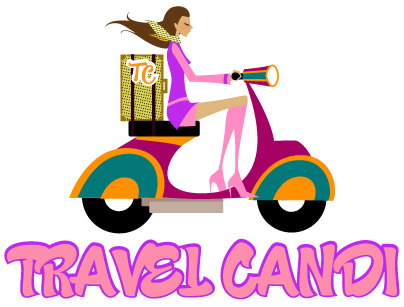Myanmar

Formerly known as Burma, the Republic of the Union of Myanmar (Myanmar for short) is located directly to the west side of Thailand. Its location is between two very popular backpacker trails, India and Southeast Asia, but despite its cultural offerings, it is often overlooked. The country has only recently opened its borders for tourism, so many of its traditions and lifestyles remain uninfluenced by the western world. Men still wear traditional longyi (which resembles a skirt), women are still covered in thanakha (tribal make-up), and horses pulling carts are still a common way for people to get around. Myanmar is a captivating country, filled with gentle and humorous people, and it can dazzle the pickiest travelers. Since Myanmar is pushing towards democracy and introducing itself to the world, businesses are eager to establish here. Myanmar has plans to build a multi-billion dollar port in Yangon, which will change trade around the world. As of 2015, Myanmar remains McDonalds and Starbucks free. Don’t skip Myanmar! This country will charm you with its delights and awaken your appreciation for the simple pleasures in life. Now is the time to visit.
Getting There And Around
Getting into Myanmar can be expensive and a bit difficult, but more and more airlines are adding routes into the country. Direct flights are available from Thailand and other ASEAN countries. All visitors to Myanmar are required to obtain a visitor’s visa prior to entry into the country, and a passport that is valid at least 6 months after travel. You must also have proof of onward travel out of Myanmar, so make sure your flights out of the country are booked. You can get all of your paperwork in order and pay for your visa online at the Myanmar E-Visa Website.
Make sure to print out the paperwork and have it ready when you arrive into Myanmar.
Getting around Myanmar is extremely difficult due to a lack of developed roads, highways and railways. A trip that would take 3 hours with a proper road takes 12 hours in Myanmar. I took a trip from Bagan to Inle Lake, which was a bus ride from hell – there was no air-conditioning, the bus was so crowded that people had to sit in the aisles, the “road” was bumpy, and it dragged on endlessly. Nevertheless, I would not change this experience for a more comfortable ride. It was great to see how the locals get around, and I met some pretty awesome people during the long ride. That long and treacherous 10 hour ride only set me back 11,000 MMR.
Overnight trains and buses are easy to book, even at the last minute. Bookings can be done at your guesthouse or at the local travel agency (each town seemed to have one). Some journeys in Myanmar can take up to 32 hours, so make sure to have an interesting book handy. Train ticket prices start at 17,000 MMR.
Small regional airports covered by domestic airlines are an option for getting around the country quicker, but they are more expensive. Nyaung U Airport is in the Bagan region and Heho Airport is the gateway to Inle Lake. International airports are located in Mandalay and Yangon. In-country airfare tickets start at 50,000 MMR.
When getting around in the cities, taking a taxi is a cheap and quick way to get around. Make sure to negotiate a price with the driver before getting in. The most expensive taxi ride I took in Yangon was a thirty-five minute ride all the way back to the airport for 5,000 MMR.

Money
The official currency of Myanmar is the Kyat (MMK). The currency is only banknotes ranging from 50 pyas to 10,000 kyat. U.S. Dollars are accepted in some areas but make sure the notes are clean and crisp, as damaged foreign currencies are not accepted.
Other foreign currencies should be exchanged prior to arrival to Myanmar. I saw only one foreign currency exchange, which was located at the airport in Yangon. ATM availability is limited; therefore, I recommend bringing enough cash with you to last during your stay. Large hotels in the cities accept credit cards, but small businesses do not.
Language
The official language of Myanmar is Burmese.
Housing
Myanmar’s borders have not been opened long to tourists, so finding lodging can be difficult at times. There is a bit of a hotel shortage and accommodating the tourist surge during holiday times makes prices skyrocket. Lodging can start at 20,000 MMR, yet price is dependent on the time of year and hotel location. The months of April – September are extremely hot, so prices for hotels are much cheaper during this off-season.
Food
Myanmar is home to over 130 different ethnic groups, and this diversity shows up in the food. Burmese cuisine is influenced by the neighboring nations of Thailand, China and India. Many of the local dishes have seafood ingredients, but if you aren’t keen on seafood, there are plenty of other options available to you. Burmese cuisine offers colorful salads, noodle soups, and traditional rice dishes. Outdoor cafes offer the widest range of traditional food and at the best prices. Fried insects are just as popular in Myanmar as they are in Laos and Thailand, and they can be found for sale along the streets for a cheap afternoon snack.

Save Cash
After paying a hefty entrance fee to the ancient city of Bagan and the protected area of Inle Lake, there are still ways for the budget traveler to save money. Traveling to Myanmar during the off-season can save you some big bucks! Make sure to book lodging with breakfast included, and fuel up in the morning. Eat at one of the many outdoor cafes or food stalls for delicious, cheap and filling meals. Visit the many free temples and pagodas to save on the entrance fees that the touristy sights charge foreigners.
Stay Fit
The tap water in Myanmar is not safe to drink, so make sure to purchase bottled water and keep one with you at all times. The temperature in Myanmar can be really hot, and dehydration is a common complaint from travelers.
In Your Bag
Going to Myanmar is like stepping back in time, and with that in mind, the plumbing situation is ancient. Toilets are often squat toilets or just a hole in the ground. Toilet paper, individually wrapped baby wipes and hand sanitizer are lifesavers too keep available. I packed bottle water, sunscreen, cash and a scarf in my bag too. The scarf can be used to respectfully cover up when visiting a religious temple.

Stay Connected
Staying connected to friends and family back home is a little trickier in Myanmar than other places. Although Wi-Fi is available at some hotels, it might not work. SIM cards are available for purchase at the airport and mobile stores. I met a traveler that purchased a SIM card and put credit on it, but the data didn’t work and he was unable to make international calls. If staying connected is very important to you, I recommend reading the reviews for your accommodation prior to booking to see if WiFi connection is a complaint among the most recent travelers.
Postage was really cheap in Myanmar, but mailing a package was extremely expensive. So expensive, in fact, that I decided not to mail the packages until I was in a different country. I should also mention that the letters I posted from Myanmar took an abnormally long time to reach their destinations.
For the most part, Myanmar uses the 230V, type-C European two-prong electrical outlets. The type-G, three-prong outlets similar to the United Kingdom standard are found throughout the country as well.




